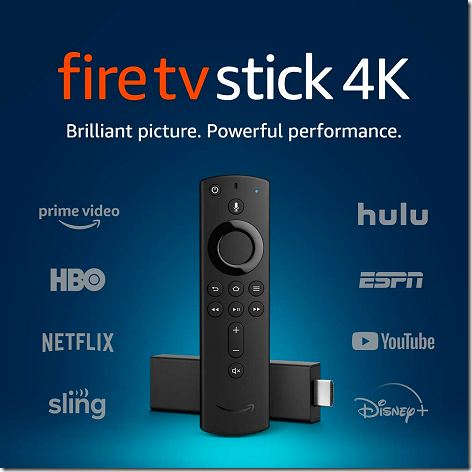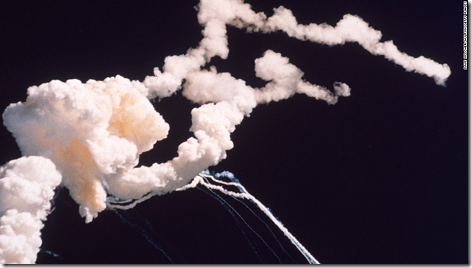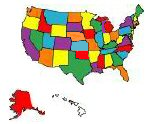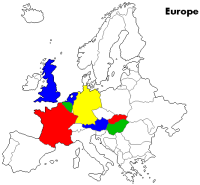Monthly Archives: January 2020
DUNS . . .
Yesterday it was eBay. Today it was Dun & Bradstreet.
We’re in the process of having some topical anesthetic solutions made up by a chemical company that we haven’t dealt with before, and they want a Dun & Bradstreet DUNS number to check us out.
So we gave them our DUNS number to check us and the company came back with a lot of questions, because the information they were seeing did not match what we had told them.
And when I went online to the Dun & Bradstreet and entered our DUNS number, I immediately saw what they were talking about. Much of our info looked to be mixed in with another company’s, and what there was of ours was corrupted, with typos and misspellings.
In fact it was so screwed up that when I tried to get authenicated so I could log in and correct the info, we couldn’t answer their questions because we didn’t know the ‘correct’ incorrect answers.
So I spent most the day on and off the phone with the D&B people trying to get this straighten our. And with no luck so far.
A couple of days ago I saw that Amazon was having a nice sale on their Amazon Firesticks, both the regular and the 4K versions. And since we’re doing more and more streaming of TV and movies, I thought I’d take advantage of the sale.
The regular version, normally $40 is now going for $25. But I went with the 4K version, which is usually $50, but was on sale for $35, a $15 savings. And even better for my renowned cheapness, this is one of those Amazon products that allows you to pay for it with no-interest payments, so $7 a month for 5 months in this case.
No, I don’t really save any money, but the longer I can delay giving people my money, the better I like it.
Although the Firestick duplicates many services that we already have on the SmartHub on our Samsung 43” TV, we do get some extra stuff, the thing I’m most interested in is the voice remote feature.
Rather than click a lot of keypresses using the TV remote on the SmartHub, Jan can just say, “Show me CuriosityStream”, and it will go straight to it.
Neat.
I also signed us up for the free Pluto TV streaming service. And although it also duplicates at lot of the SmartHub and Firestick channels, what I’m interested in are the many dedicated channels, especially long-running TV shows. There is a Leverage channel, a This Old House channel, a Dog The Bounty Hunter channel, and what will probably be our favorite, a Classic Dr. Who channel.
And it all free!
Thought For The Day:
Predictions can be dangerous. Especially about the future.
gfgh
It Broke!
Thirty four years ago this morning I was sound asleep, and our 12 year daughter Brandi, who was home from school sick, came in the bedroom crying and said, “Daddy, It Broke!”.
Still groggy, I said, “What broke, sweetie?”
And she said, “The Shuttle! It broke!”
Thinking that maybe they had cancelled the launch due to the weather, I came into the living room and saw this.
I was home asleep because I had just come off an 18 hour shift getting all my equipment checked and double-checked, getting ready for the mission. I had gotten off at about 7:30am and come home and went to bed. Ironically this was the first launch that I had not stayed up for, or been awake for.
I was in charge of the Field Sequential Color Converter, necessary because at that time, due to limited bandwidth on the TV downlink from the Shuttle, all ‘color’ TV was sent down as field sequential video, not the standard NTSC video format used by the TV networks and many others.
Similar to the old rotating color wheels used as Christmas lighting, each black and white camera on the Shuttle had an actual rotating color wheel in it, with red, green, and blue filters on the wheel. As the wheel turned at over 1000rpm, the camera sent down sequences of red frames, green frames, and blue frames.
Ending up in Bldg. 8 at JSC, I converted to standard NTSC video and then sent it out to Mission Control, the other NASA centers, the TV networks, and the rest of the world.
NASA used this method up until about 1995, while use of this method of color generation dates back the the Apollo Moon Landings, for the same reason, restricted bandwidth. If you ever saw something moving fast or thrown, and there seemed to be a ‘comet tail’ following the object, then you were watching field sequential video.
And showing that even old ideas can be useful, the field sequential color, first developed in the early 1900’s, was actually the first commercial color TV system set up by CBS and used in the US, but was replaced by the non-mechanical RCA NTSC version in 1953
Over the years a lot of different stories have come out about what caused the Challenger Disaster. And like many accidents, there was a cascading sequence of small causes, any one of which if it had been removed would have prevented the explosion.
In this case, the two main causes were politics, and just plain bad luck.
Here’s how it went.
First up, the politics part.
Why were the SRB’s (Solid Rocket Boosters) segmented to start with?
NASA and Morton-Thiokol wanted to build the SRB’s at the Cape, but politics dictated that the Shuttle project largess be spread around to other states, including Utah where the SRB’s ended up being built, done to secure the vote of the state’s congressional delegation for the Shuttle project.
Unfortunately, because a non-segmented SRB was too large to be transported due to tunnel and overpass clearances, they had to be segmented.
So no segments, no gaskets to burn-thru.
Now the sequence of small items.
They had had gasket burn-thrus before, but the gasket always melted and flowed into the gap, sealing the leak, as it did this time.
1. It was an extremely cold, wet winter in Florida.
2. Technical problems kept the Shuttle on pad longer than usual, letting moisture build up in the SRB joints.
3. Freezing weather at launch time.
4. There was an SRB burn-thru on Ignition as had happened before
5. After a second, the gasket flowed and resealed as it had numerous times before.
6. No more problems until throttle-up after Max-Q.
Max-Q or Max Dynamic Pressure occurred at about 35,000 feet and was caused by the increasing speed of the Shuttle vs. the decreasing air density. Decreasing, but still enough to overstress the Shuttle at that speed. At this point the SSME (Space Shuttle Main Engines) are throttled back to about 65%. The SRB’s are also designed to reduce thrust as well.
7. Then just as they throttled back up to 104% power, the highest upper air wind shear ever recorded buffeted Shuttle and rocked the entire stack. The stack is the term used to describe the entire Shuttle at launch, i.e. the Shuttle itself, the ET (External Tank), and the SRB’s.
8. This rocking of the stack reopened the previous burn-thru.
9. SSMEs gimbaled over to offset for the loss of thrust from that SRB.
At this point, if nothing else had happened, the Shuttle would have proceeded into orbit with no further problems
So the First Bad Luck was:
Extreme High Winds at Throttle Up
And the Second Bad Luck and the Primary Cause:
Unfortunately the burn-thru was located on the minority portion of the arc opposite the ET (External Tank). If the burn-thru had occurred on the ~ 300 degree arc not opposite the ET, the shuttle would have achieved orbit with no problem. The slight loss of thrust from the SRB burn-thru would not have been a problem.
It was only sheer bad luck that the burn-thru occurred where it did, and no other reason.
Again:
No politics, no segments. No wind shear, no burn-thru, no explosion.
It was just that simple.
Thought For The Day:
Lord, grant that I may always be right, for thou knowest I am hard to turn. ~ Scotch-Irish prayer
sfdgf












